Seven Steps to Using Next Generation Science Standards with ELLs
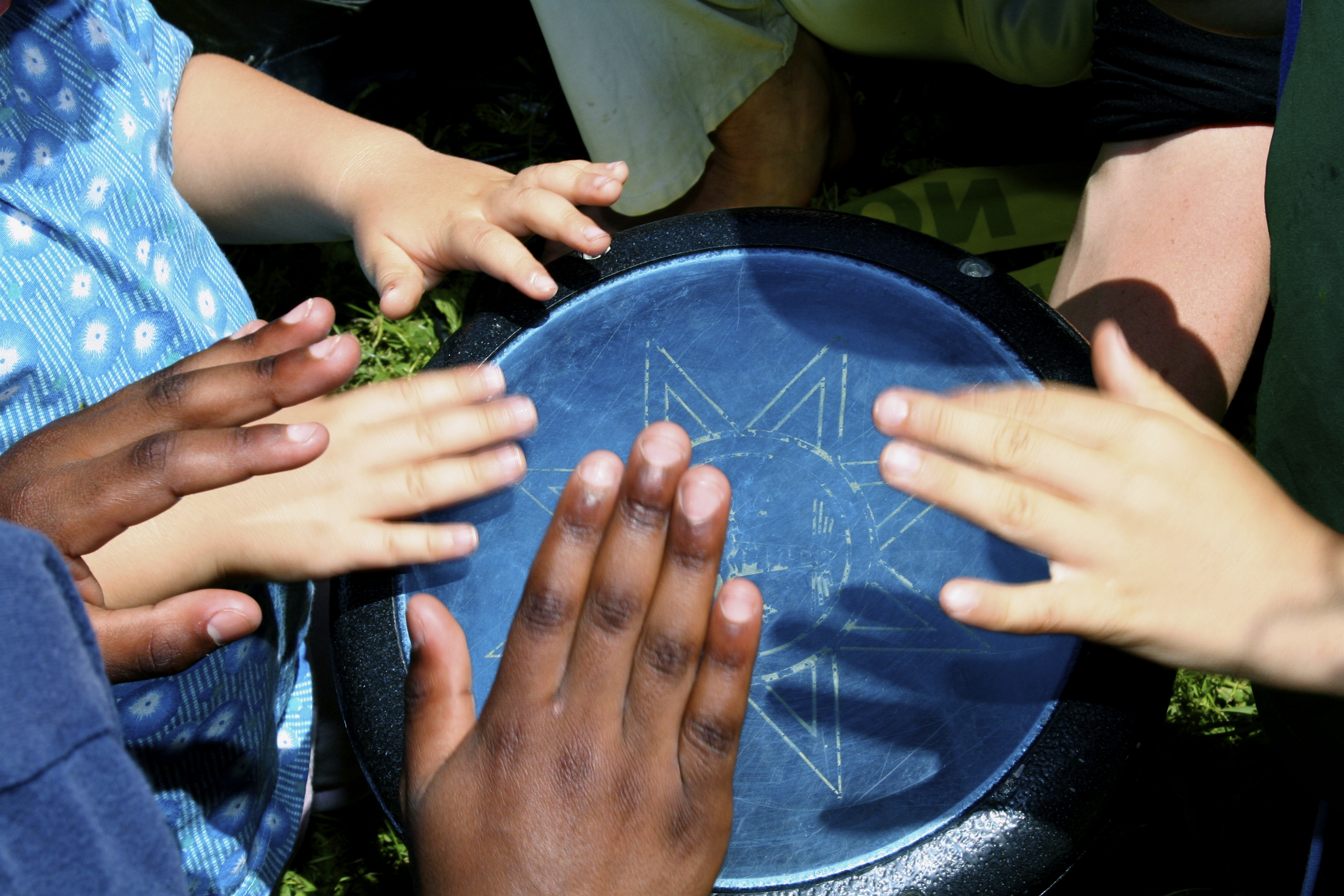 Our guest blogger Emily Miller has received a lot of emails from teachers of English Language Learners (ELLs) in science classes asking for guidance on using the Next Generation Science Standards (NGSS) with ELLs. Emily, a second- and third-grade ESL and bilingual resource science teacherfor the Madison, WI Metropolitan School District, served on the NGSS Elementary Writing Team, as well as on the Diversity & Equity Team.
Our guest blogger Emily Miller has received a lot of emails from teachers of English Language Learners (ELLs) in science classes asking for guidance on using the Next Generation Science Standards (NGSS) with ELLs. Emily, a second- and third-grade ESL and bilingual resource science teacherfor the Madison, WI Metropolitan School District, served on the NGSS Elementary Writing Team, as well as on the Diversity & Equity Team.
In a prior article for Colorín Colorado, she highlighted four of the eight NGSS science and engineering practices that she believes will provide ELLs with more equitable science learning opportunities and then explained why each practice is particularly well-suited for engaging ELLs and for developing language.
Drawing upon that work, she has put together this seven-step framework presenting an interactional approach to language learning and shows how to use it with a science lesson about sound. For additional information on science and language learning, see the related resources listed at the end of the article.
Teaching ELLs with the NGSS: A Lesson Design Framework
When planning science lessons for ELLs, one of themost important objectives for the lesson needs to be ongoing modeling of academic discourse for students. Academic discourse is the talk that students engage in when valuing, making sense of, clarifying, challenging, and building upon each other's ideas about why things happen in the natural world. For examples of the kinds of academic language and discourse used in science instruction, take a look at the following:
- Language support strategies included in "Next Generation Science Standards: Offering Equitable Opportunities for ELLs to Engage in Science"
- Figure 1.2: Austin-Phillips' Science Language Chart, Pgs. 9-11, from The SIOP Model for Teaching Science to English Learners
- Communication and Language Strategies from Supporting English Language Learners in the Science Inquiry Classroom
(More in-depth discussions can be found in the books included onColorín Colorado's professional Science & ELLs booklist.)
Students are developing scientific practices (creating models, constructing explanations, and analyzing data, etc.) as well as the language specific to and across the practices to collaborate and make sense of natural phenomenon. As the ideas become more complex, student language needs to be more complex and precise to reflect new thinking. The practices determine the purpose for the language, and the teacher models and supports the students to use the language that aligns to the purpose (e.g., arguing with evidence) while collaborating to explain and predict phenomenon or solve problems.
This may sound daunting for science teachers, but these activities are most likely already happening in your classroom! The following seven steps demonstrate how NGSS activities can be used to engage ELLs to use the language related to the practice in a unit framework centered on modeling in order to help students develop language and content knowledge. A detailed example follows the explanation of the seven steps.
Seven Steps: An Overview
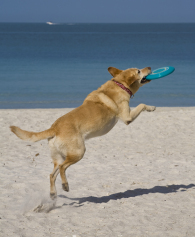 1) Engage the students in experiencing natural phenomena, such as steaming up a mirror, a spider wrapping up and devouring an insect, the human body making energy from glucose, melting ice cubes, plants dying or going dormant in the winter, or a Frisbee flying through the air. Ideas for engagement could include experiences, videos, computer animations, photos, or a combination of the above. Repeat these experiences in different ways. Remember that meaning is created within the experience, so the experience supports language development as students discuss and ask questions about the experience. The phenomenon can be engaged in multiple times and at multiple levels as the students' interaction with the phenomenon becomes more sophisticated and the language that is called for becomes more precise.
1) Engage the students in experiencing natural phenomena, such as steaming up a mirror, a spider wrapping up and devouring an insect, the human body making energy from glucose, melting ice cubes, plants dying or going dormant in the winter, or a Frisbee flying through the air. Ideas for engagement could include experiences, videos, computer animations, photos, or a combination of the above. Repeat these experiences in different ways. Remember that meaning is created within the experience, so the experience supports language development as students discuss and ask questions about the experience. The phenomenon can be engaged in multiple times and at multiple levels as the students' interaction with the phenomenon becomes more sophisticated and the language that is called for becomes more precise.
The phenomenon should be place-based, every day, and engaging. Place-based phenomena offer students opportunities to discuss the experience at home and in the community, and connect "school" science to their daily lives and prior knowledge. This is the ideal time to translate a homework assignment that bring in the families perspectives by sparking conversation at home. The shared experience of the phenomenon is the anchor that the class can draw from throughout the unit and reference with common language, as they engage in sense making with increasing sophistication and complexity.
2) Help students create a model of what is happening. This can be a co-created picture, diagram or 3-dimensional object that gives a causal account of how and why the phenomenon occurred. The models show which variables are important to the student and how the student connects the variables to explain the experience. Focus on the students collaborating by using language to understand each other to explain the event. If students create a quick sketch of their understanding first, the teacher can use these sketches and other information from Step 1 to group students and differentiate according to what students think is important. The modeling and the collaboration around the co-constructed model is a valuable formative assessment.
Purposeful pairings motivate language learners to share their ideas and stick with the communication of ideas. Think about the models as avenues to evaluate how the student is making sense of the phenomenon in an asset perspective. Ask yourself, What are they using in their understanding that I can build on to make connections? What language and prior experiences are they drawing from?
Share models. Pairs can share their models with other pairs, or the teacher can choose models for pairs to share that will be important for the whole class. Throughout this step, and all steps, the teacher uses the student-generated models to think about what language students need to express their thinking. The teacher considers how the language needs to evolve to encompass increasingly more complex and specific concepts. The teacher also needs to think about what language is needed to support the academic discourse for collaboration.
3) Design an investigation (or series of investigations) that either builds upon or targets a commonly held idea that has been presented in the models on the part of the students. The idea from the model can be one that needs tweaking, can be deepened, or presents a new perspective. The investigation is another common experience from which the class community can develop common language. Document it with photographs and videotapes, and collect new evidence on sentence strips, notebooks, and graphs. The students need to see how ideas about phenomenon can be used to explain related experiences.
4) Use the new evidence to revise the model or models. Repeat experiences (to consider and develop connected ideas) or engage in new related experiences to the phenomena. Go back to the co-constructed models and revise and refine. Each time you return to the models, add some new thinking or understanding about the explanation of the phenomenon. Provide released time for students to develop these new models or revisions together and present them as explanatory accounts of phenomenon. Build language (speaking, listening, reading, and writing) and science understanding through sharing of the revisions and why the co-constricted models were revised. Focus on helping the students see the importance of privileging evidence. Consider the following: What evidence did the student(s) use to revise their model? And where is the new evidence in the model?
Note: For a detailed example of a model that my students developed and then revised, see my article Rethinking Language Goals in Science with Three-Dimensional Learning, written with academic language expert Rita MacDonald, in which students initially suggested that lightning caused trees to lose their leaves in the fall and then adapted their model with more evidence they had collected from two trees in our schoolyard.
5) Research an idea (or question) that arose from the experiences, videos, or computer animations. The research can include a speaker, parent, or community member presenting to the class. This step includes focused reading and writing about the phenomenon to solidify and clarify explanations and ideas related to the phenomenon. Since the class has developed a common explanation for the phenomenon through the experiences, investigations, and the research, the class can make a final model together about the same, or related experience, that summarizes where the student are in their understanding of the phenomenon.
6) Present an engineering problem to be solved that applies the scientific understanding (How can we keep mirrors from fogging up?; What are human-made technologies that use the same wrapping technique as the spider?; How can we keep the ice cube from melting? How can we make the Frisbee fly faster and straighter?) Have students work together to solve the engineering problem. Students present their engineering solutions and then give feedback to each other's solutions according to class developed criteria. Students may improve their designs based on feedback.
7) Assessments: The students' co-constructed models, engineering designs, and explanations for the designs can all serve as formative assessments. The students have a record of the progression of their thinking in the series of models (possibly accompanied with written rationale for their revisions), and the research that they conducted in step 5. If the engineering problem adequately addresses the science idea (i.e., the student must understand the science idea to solve the problem), then it can serve as a summative assessment.
Example of the Seven Steps in Use
The following is an example of these steps in use with third graders in a lesson about sound.
1) Engage the students in experiencing natural phenomena. Remember that the phenomenon should be place-based, every day, and engaging. For example, students will first listen to and describe sounds and then make sounds with different materials. Next, they will observe what the same sounds look like in slow motion, at a simulated molecular level, or through an oscilloscope.
The teacher then asks the class, "How do we hear sounds?" She engages her students in observing the phenomenon. The students in the 3rd grade classroom sit outside and draw or write about all of the sounds that they hear in 30 minutes. Next, they experience various sounds in the classroom using instruments, recordings on the computer, and other sounds like dropping chairs and pennies. They go home and record all of the sounds they hear in 30 minutes and ask their parents what sounds they like the most and why. The students discuss, ask questions, and describe the sounds they experience. The teacher supports language as needed for the students to participate in initial sense making and she values and builds on home language conversations.
2) Help students create a model of what is happening.
The next day, the teacher plays a drum inside the classroom and then outside the classroom in the hallway with the door closed. She asks each student to draw a model of how they still could heard the drum when it was in the hallway. She carefully examines the models to try to understand what prior knowledge and experiences the students are using to make sense of the phenomenon. She pairs students with similar ideas together and has them develop a shared model. The teacher explicitly models and scaffolds talk to clarify, question, and agree or disagree, and encourages students repeat back what they hear.
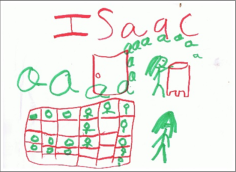 Pairs of students then share their models with each other and discuss what is the same or different about the models and what makes sense. The teachers demonstrates for the students how to use the models to support what what they are trying to say. The students practice asking, "What is this?" "What is your evidence?" and, "Did you think about…?" The teacher chooses one pair to share their model with the rest of the class. The group works on asking for clarification, questioning the pair, and privileging evidence.
Pairs of students then share their models with each other and discuss what is the same or different about the models and what makes sense. The teachers demonstrates for the students how to use the models to support what what they are trying to say. The students practice asking, "What is this?" "What is your evidence?" and, "Did you think about…?" The teacher chooses one pair to share their model with the rest of the class. The group works on asking for clarification, questioning the pair, and privileging evidence.
In this drawing, Isaac has developed an initial model of the sound of the drum going under the door and reaching the students on the carpet. His model offers a lot to build on: He recognizes that sound has a source, a direction, and that in order to hear it, it traveled through air to the students.
3) Design an investigation (or series of investigations) that either builds upon or targets a commonly held idea that has been presented in the models on the part of the students.
The teacher decides to focus on a common idea that the students hold: sound travels in a straight line like a car. She positions students in different places in the hallway and in nearby classrooms and plays the drum. All of the students say that they can hear the drum no matter if they are to the right, left, or behind the sound. The students think about why this might be the case and make a prediction that they could hear the drum in another nearby classroom with the door closed. The students recognize that the can sound in many different directions from the source.
Next the teacher notices that many students have the sound in their models traveling through the vent in the door or under the crack in door in their models. So, the teacher leads the students through designing and conducting some investigations to collect evidence of sound traveling through solid objects.
4) Use the new evidence to revise the model or models.
The students once again engage in the phenomenon of hearing the drum in the classroom, and then from the hallway with the door closed. Then the pairs of students work together to revise their models. Some of the students show sound traveling in all directions from the source and some pairs show the sound going through the door.
Next, the pairs, using pictures of two models, their initial and the revised model, work together to write first informal, and then formal explanations, for why they made the revision. The teacher supports the use of evidence, metacognitive thinking, and formal writing.
5) Research an idea (or question) that arose from the experiences.
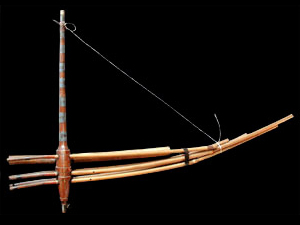 The Hmong interpreter arranges to bring in a family member of a student in the school who plays the qeej. (If you aren't familiar with the qeej, notice how the photo and additional background information help your understanding of what it looks like and might sound like!) The guest demonstrates the instrument to the class. The musician plays the qeej and describes how the instrument makes sound by breathing the air into the different bamboo tubes and making the bamboo vibrate. The students ask questions. They think about how the vibrations in the bamboo causes sound.
The Hmong interpreter arranges to bring in a family member of a student in the school who plays the qeej. (If you aren't familiar with the qeej, notice how the photo and additional background information help your understanding of what it looks like and might sound like!) The guest demonstrates the instrument to the class. The musician plays the qeej and describes how the instrument makes sound by breathing the air into the different bamboo tubes and making the bamboo vibrate. The students ask questions. They think about how the vibrations in the bamboo causes sound.
The class decides that a craggy squiggly line is a good representation of sound and how it vibrates materials to make sound. The students revise their models to represent sound using the squiggly lines that they agreed upon. Some student wonder if the sound vibrates something in the ear.
Next the teacher shows an online model about the ear, and how the ear works, and what in the ear is vibrating when you sense sound. Students read books about sound from the library and put sticky notes on pictures and words that answer the question, "How do we hear sounds?". The teacher notices that the amount of talking about sounds makes all the students more engaged in the writing and more able to solve difficulties they come across when reading. The class works together on one of the revised models to show the sound reaching the ear and making the ear drum vibrate. Some students want to add to the model a signal (that looks like lightning) going to the brain.
6) Present an engineering problem to be solved that applies the scientific understanding
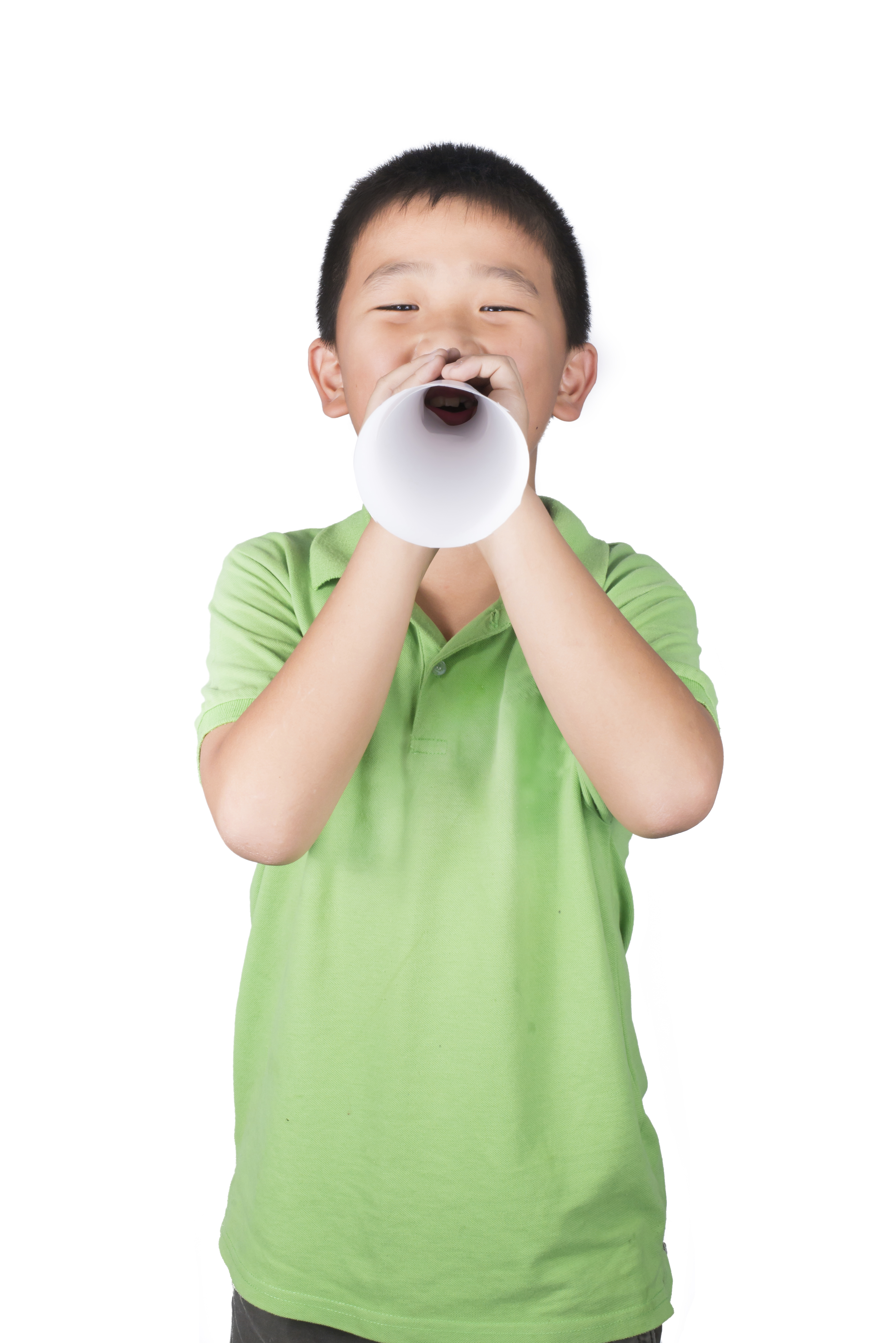 Finally, the students are presented with a real problem to solve. Every day on the playground, some kids don't come in right away when the teacher calls. They maintain that they don't hear the teacher calling. The teachers are tired of the problem because they miss instruction time. The class thinks about the problem. The teacher challenges the students to think of a way to help her call everyone in so that everyone hears her. After modeling a rolled up piece of paper, (both real and a drawing of one) and demonstrating how it works, she asks the students to develop a model of a device and show in their model how it would work to make sound travel farther. Some students who can't think of a solution model how the rolled up paper makes sound travel farther than calling using nothing.
Finally, the students are presented with a real problem to solve. Every day on the playground, some kids don't come in right away when the teacher calls. They maintain that they don't hear the teacher calling. The teachers are tired of the problem because they miss instruction time. The class thinks about the problem. The teacher challenges the students to think of a way to help her call everyone in so that everyone hears her. After modeling a rolled up piece of paper, (both real and a drawing of one) and demonstrating how it works, she asks the students to develop a model of a device and show in their model how it would work to make sound travel farther. Some students who can't think of a solution model how the rolled up paper makes sound travel farther than calling using nothing.
One group develops a model of tube with water in it so that the teacher can yell into the tube because sound travels farther in water. Another group draw a cup with wire in it to "telephone" people in the field. Finally, the last group draws a picture of spherical shaped devices that the kids in the field have to wear on their ears to capture more sound to hear the teacher calling. The teacher asks which model might really wor - and some of the kids are sure that no one would wear the devices on their ears! Each student draws a picture in the notebook of the engineering solution they would choose, and explains why it makes sense.
7) Assessments: The students' co-constructed models, engineering designs, and explanations for the designs can all serve as formative assessments.
All of the students show increased understanding of the science ideas and practices from their engineering models. They use the final engineering model to explain their increasingly sophisticated ideas about the phenomenon of sound: The mediums in which sound can travel, that sound travels in all directions, and the mechanism for receiving sound in the ear.
The teacher notices clear signs of collaboration between students when she compares the initial models with the two edited models. And she also sees that the students collaborated when writing the revision statements. As the students were discussing ideas with each other, they incorporated elements of each other's thinking in their own models. The teacher also observed English speakers and ELL students working to express themselves in formal scientific language. They helped each other use words such as "evidence," "receiver," and "sound waves," and they supported each other in adopting phrases that indicate "cause and effect" relationships.
But most importantly, the students were actively participating in the work of discourse, really seeking to understand each other, even when the ideas didn't make sense at first. The teacher was pleased to hear her students saying to each other, "I don't understand", "Can you repeat that?", "Show me what you mean", and "What do you mean?" These phrases demonstrated to the teacher that the students were taking on the talk moves of academic discourse.
More on Science & Language
Supporting English Language Learners in the Science Inquiry Classroom
Science and Language in the Classroom
- Next Generation Science Standards: Offering Equitable Opportunities for ELLs to Engage in Science
- Rethinking Language Goals in Science with Three Dimensional Learning
- Using Science to Develop ELLs' Language Skills
- ELL Ideas: Learning About the Environment
- Professional Books: Science Instruction for ELLs







Add new comment